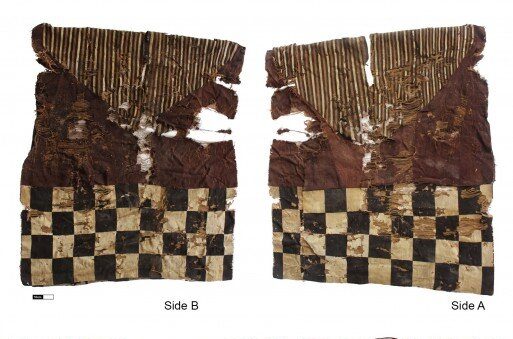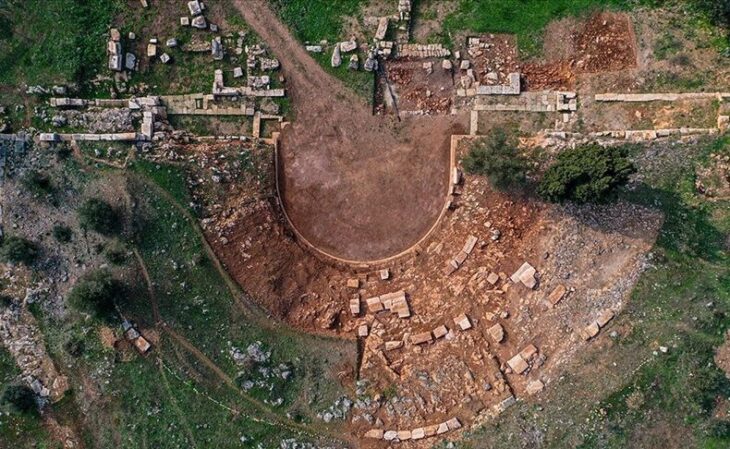Chinese archaeologists have unearthed 59 ancient stone grenades from the ruins of a building in the western section of the Badaling Great Wall, a UNESCO World Heritage Site in Beijing’s Yanqing district.
Archaeologists believed that the building was a warehouse storing weapons along the Great Wall.
Ma Lüwei, an archaeologist specializing in ancient Chinese military history, told the Global Times that the stone bombs were major weapons used to “defend against enemy invasion” along the Great Wall during the Ming Dynasty (1368-1644).
“The bomb was often installed in medium-sized hollow bits of stone. Those weapons were easy to make and were also very handy for soldiers to throw them down at invaders while standing on the Great Wall,” told Ma.
Previously, archaeologists found more than 400 similar stone grenades, a primitive edition of ancient grenades, which are believed to be a common weapon for guards of the Great Wall during the Ming Dynasty (1368-1644).
📣 Our WhatsApp channel is now LIVE! Stay up-to-date with the latest news and updates, just click here to follow us on WhatsApp and never miss a thing!!
“It is the first time that such weapon storehouse has been found along the Great Wall that converts our previous perceptions,” said Shang Heng, a researcher from the Beijing Institute of Archaeology.
“These seemingly unremarkable stones have a round hole in the center for gunpowder fillings. After filling, they can be sealed and thrown out, which can not only hit the enemy but also cause an explosion to defeat the enemy,” explained Shang.
Those 59 stone bombs were discovered inscribed with orders at one of the Great Wall’s station houses that were once used for standing guards watching out for the enemy. Prior to the new discovery, no similar “warehouses” had been found along the Beijing sections of the Great Wall.
Other ancient buildings along the Great Wall, such as a “horse face” wall, an ancient wall used on the Great Wall that allowed soldiers to climb up and shoot arrows, were discovered during the latest archaeological project, in addition to the weapon warehouse.
A stone fort that was once used to support cannons was also discovered along the Beijing Great Wall for the first time.
The Great Wall consists of many interconnected walls, some dating back 2,000 years. The existing sections have a total length of over 21,000 km. The new discoveries at the Badaling Great Wall reflect China’s continuous research and conservation efforts concerning the Great Wall.
Twenty-two years of conservation efforts have yielded significant results. In 2021, a project to save the Liugou section of the Great Wall in the Yanqing district assisted in determining how the Ming Dynasty Great Wall was built. A year later, plates, scissors, and bowls were discovered along the Jiankou section of the Great Wall, providing insight into the daily lives of soldiers stationed along the wall.
Cover Photo: Badaling Great Wall in Beijing. Viator
















